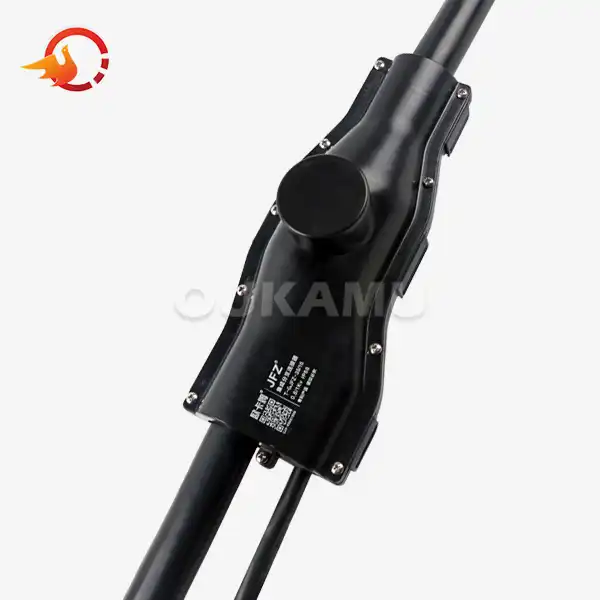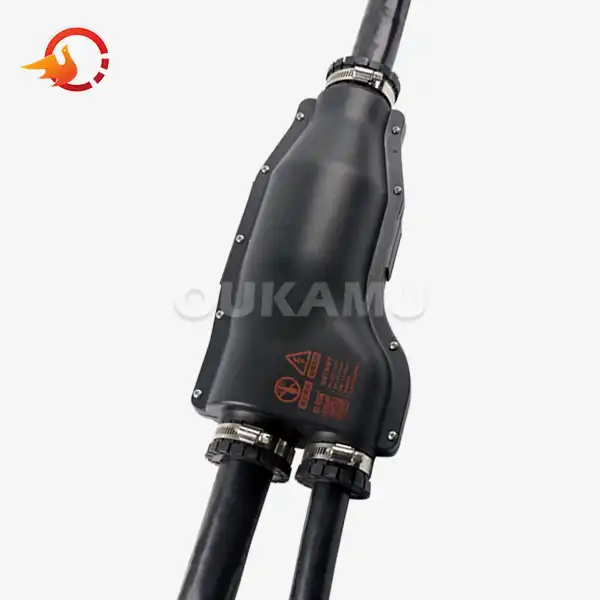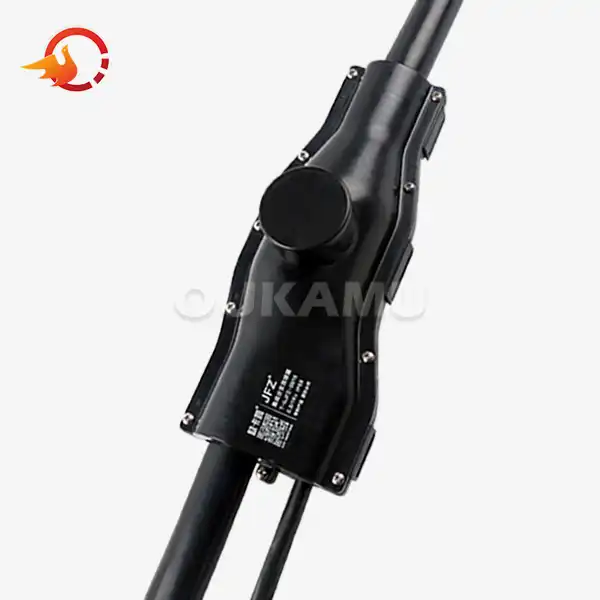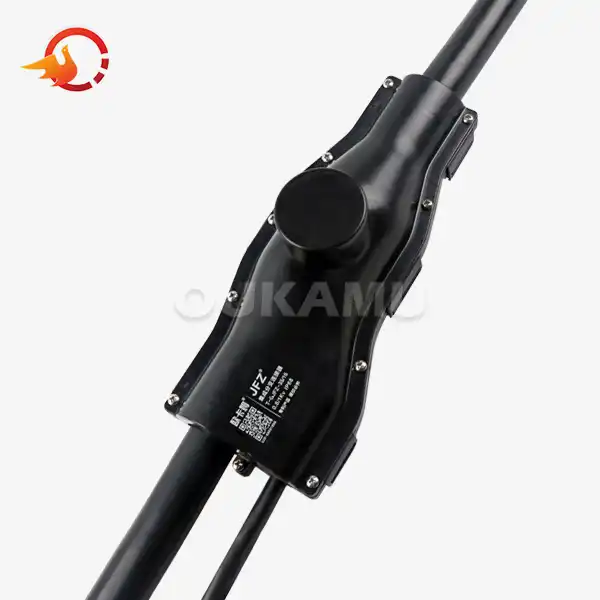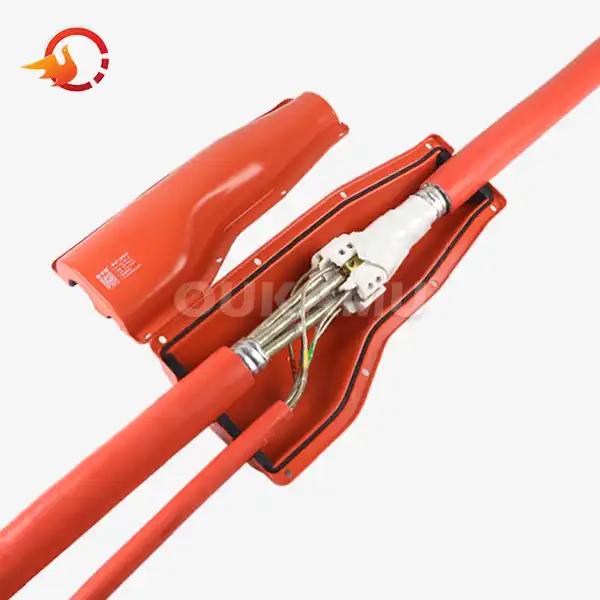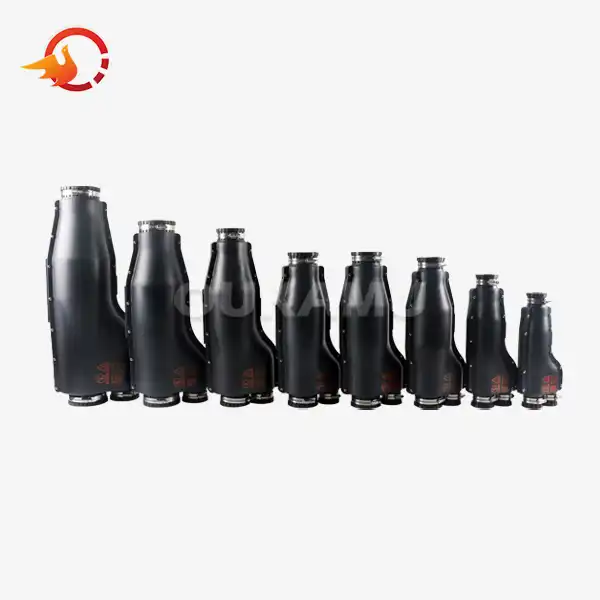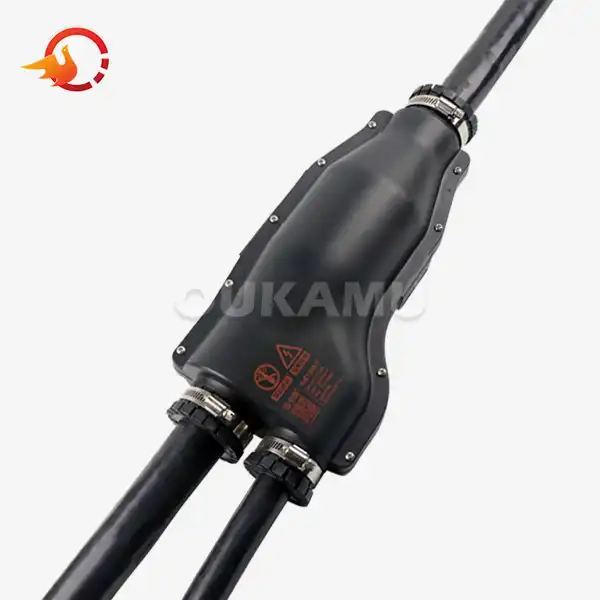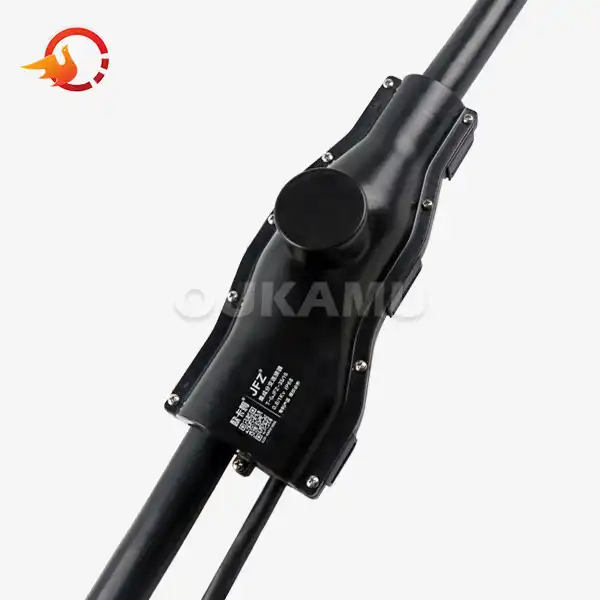Low voltage cable joint connectors are designed to join cables seamlessly, ensuring reliable power transmission while maintaining safety standards. These connectors are particularly valuable for industries that require frequent cable connections, such as power companies, construction firms, and engineering enterprises. By understanding the advantages and applications of these connectors, businesses can make informed decisions about their electrical infrastructure.
The Advantages of Low Voltage Cable Joint Connectors
Low voltage cable joint connectors offer numerous benefits that make them indispensable in modern electrical systems. These connectors are designed to provide secure and efficient connections, ensuring the smooth flow of electricity while maintaining safety standards. Let's delve into some of the key advantages of using low voltage cable joint connectors:
Enhanced Safety and Reliability
One of the primary benefits of low voltage cable joint connectors is their ability to enhance safety in electrical systems. These connectors are engineered to provide a secure connection between cables, minimizing the risk of electrical faults, short circuits, and potential hazards. By ensuring a tight and reliable connection, they help prevent overheating and reduce the chances of electrical fires.
Moreover, high-quality low voltage cable joint connectors are designed to withstand various environmental conditions, including moisture, dust, and temperature fluctuations. This resilience contributes to the overall reliability of the electrical system, reducing the need for frequent maintenance and repairs.
Improved Efficiency and Performance
Low voltage cable joint connectors play a crucial role in optimizing the performance of electrical systems. By providing a low-resistance connection between cables, these connectors minimize power loss and ensure efficient energy transmission. This improved efficiency translates to reduced energy costs and enhanced overall system performance.
Flexibility and Ease of Installation
Flexibility and simplicity of installation are two more important benefits of low voltage cable joint connectors. Numerous contemporary connectors are made with easy-to-use features that make installation simpler, save labor costs, and minimize downtime during system upgrades or maintenance.
Some advanced low voltage cable joint connectors, such as the integrated T-terminal connectors developed by Xi'an Oukamu Electric Co., Ltd., offer innovative solutions for cable branching. These connectors allow for branch connections without the need to cut the main cable, providing greater flexibility in system design and reducing material waste.
Applications of Low Voltage Cable Joint Connectors
Low voltage cable joint connectors find applications across various industries and sectors. Their versatility and reliability make them essential components in numerous electrical systems. Let's explore some of the key applications where these connectors prove invaluable:
Construction and Infrastructure Projects
In the construction industry, low voltage cable joint connectors are extensively used for power distribution within buildings and across construction sites. These connectors play a crucial role in connecting electrical systems for lighting, HVAC, and other essential building services. In major construction projects where dependability and safety are crucial, their capacity to offer safe and effective connections is especially crucial.
Infrastructure development projects, such as road construction and urban planning initiatives, also rely heavily on low voltage cable joint connectors. These connectors are used to establish power connections for street lighting, traffic signals, and other municipal electrical systems. Their durability and resistance to environmental factors make them ideal for outdoor applications.
Industrial and Manufacturing Facilities
Low voltage cable joint connectors also have the important benefits of being flexible and simple to install. The installation process is made easier by the user-friendly features of many contemporary connectors, which also lower labor costs and minimize downtime during maintenance or system upgrades.
In industrial settings, these connectors are used to connect power cables to control panels, motors, and other electrical equipment. Their ability to withstand vibrations, temperature fluctuations, and harsh environments makes them particularly suitable for industrial applications. Additionally, the ease of installation and maintenance of modern low voltage cable joint connectors contributes to improved operational efficiency in manufacturing facilities.
Choosing the Right Low Voltage Cable Joint Connector
Selecting the appropriate low voltage cable joint connector is crucial for ensuring optimal performance and reliability in electrical systems. When choosing a connector, several factors should be considered:
Voltage and Current Ratings
It's essential to select a connector that matches the voltage and current requirements of the electrical system. Using a connector with inadequate ratings can lead to overheating, power loss, and potential safety hazards. Reputable manufacturers provide detailed specifications for their connectors, including voltage and current ratings, to help users make informed decisions.
Environmental Considerations
The operating environment plays a significant role in determining the most suitable low voltage cable joint connector. Factors such as temperature range, humidity levels, exposure to chemicals, and mechanical stress should be taken into account. For outdoor applications or harsh industrial environments, connectors with enhanced protection against moisture, dust, and corrosion are often necessary.
Ease of Installation and Maintenance
Consider connectors that offer simple installation procedures and require minimal maintenance. Some advanced connectors, like those developed by Xi'an Oukamu Electric Co., Ltd., feature innovative designs that allow for easy branching without cutting the main cable. Such features can significantly reduce installation time and simplify future system modifications.
Conclusion
When selecting low voltage cable joint connectors, it's advisable to consult with experts in the field. Companies specializing in cable connection products can provide valuable insights and recommend the most suitable solutions for specific applications. For those seeking professional guidance, Xi'an Oukamu Electric Co., Ltd. offers expertise in cable connection technologies and can be reached at info@okmbranchcable.com for personalized assistance.






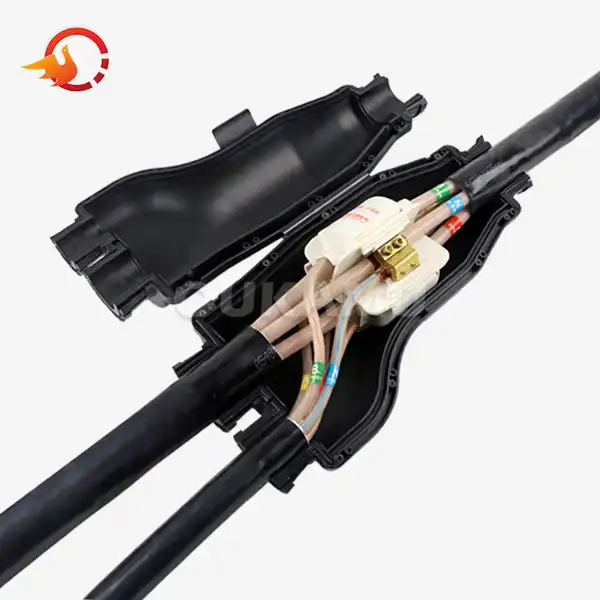
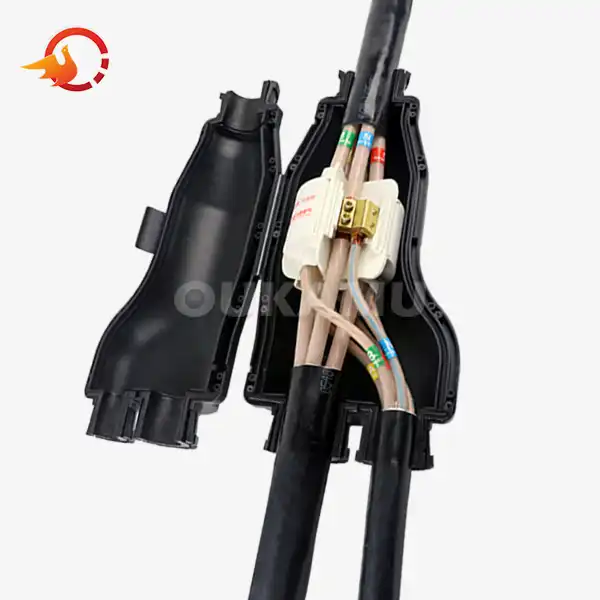
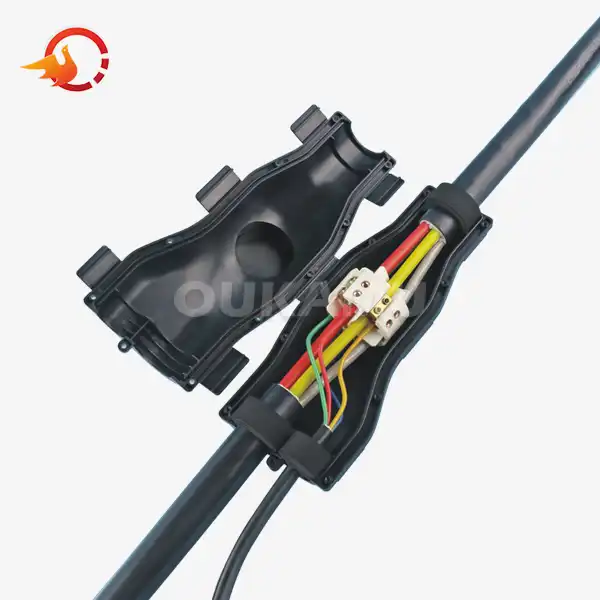






 2024-11-12 10:56:38
2024-11-12 10:56:38
